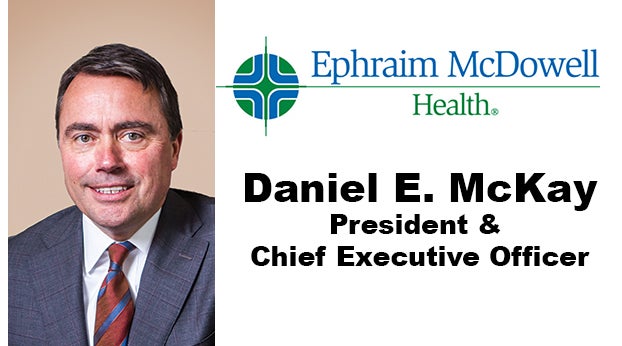Fight spread of coronavirus with good information
Published 5:22 am Wednesday, February 5, 2020
EDITORIAL
The Advocate-Messenger
The 2019 Novel Coronavirus has made global headlines and caused major reactions from nations, multi-national corporations and airlines.
When a new, potentially deadly disease surfaces like this, communication about the problem is actually one of the best defenses humanity has available right away. And in today’s internet-connected world, communication happens instantly and in far greater detail than ever before in human history.
We can spread information and take action to contain a threat like 2019-nCoV faster than the sickness can spread, and much faster than we can develop medicine to treat or cure the disease.
Unfortunately, modern communication is also its own worst enemy. Bad information can spread just as easily, sometimes more easily, than good information. And we seem to have no shortages of both people willing to make up bad information and people who believe the bad information without using their critical thinking skills.
In today’s world, the initial fight against 2019-nCoV is often more about this fight between good and bad information than it is about the fight between a virus and medicine. And right now, bad information may be winning.
Misinformation about the virus is spreading faster than the disease itself, according to Kentucky Health News and a report from Axios by Sara Fischer and Ina Fried.
“Health care has long been a target of misinformation, because it plays into existing fears,” Fischer and Fried wrote. “This is especially true for disease outbreaks, which can spread faster than the news cycle is equipped to handle.”
Bad information can lead people to make the wrong decisions. When they feel a sense of urgency because of fear about a spreading virus, they can be pushed to ask fewer questions and make those wrong decisions even faster. In the worst case, that can actually help the disease spread faster.
“This is the latest lesson in why society needs information providers who practice a discipline of verification,” said Al Cross, director of the Institute for Rural Journalism and Community Issues. “In other words, journalists. And news outlets to pay them fairly and enforce standards.”
Cross’ point is well taken. The best way each of us as a citizen can help support good information’s fight against bad is by always — always — asking “is this from a source I trust?” before believing anything we read online. Sticking only to known, trusted sources is the single best way to avoid getting scammed, swindled or tricked online.
Media outlets, then, clearly have an important duty and an essential role to play in this fight: We must be extremely responsible about the information we publish for public consumption; we must be transparent about where we got our information; and we must be accountable to the public.
In that spirit, here is some good information about 2019-nCoV, which we obtained from the U.S. Centers for Disease Control and Prevention:
- 2019-nCoV is similar to other viruses that originated in bats and then spread to humans. It was first detected in humans in Wuhan City, China. “Imported cases of 2019-nCoV infection in travelers have been detected in the U.S. Person-to-person spread of 2019-nCoV also has been seen among close contacts of returned travelers from Wuhan, but at this time, this virus is NOT currently spreading in the community in the United States.”
- 2019-nCoV spreads as other coronaviruses do, through contact between an infected person and uninfected people. “Person-to-person spread is thought to occur mainly via respiratory droplets produced when an infected person coughs or sneezes, similar to how influenza and other respiratory pathogens spread. These droplets can land in the mouths or noses of people who are nearby or possibly be inhaled into the lungs. It’s currently unclear if a person can get 2019-nCoV by touching a surface or object that has the virus on it and then touching their own mouth, nose or possibly their eyes.”
- 2019-nCoV poses a “very serious public health threat … but it’s unclear how the situation in the United States will unfold at this time.” Risk of contracting the virus is “dependent on exposure” — for example, health care workers caring for those already sick with 2019-nCoV are at increased risk. “For the general American public, who are unlikely to be exposed to this virus, the immediate health risk from 2019-nCoV is considered low at this time.”
There’s a lot more good information about 2019-nCoV available from the CDC online right now, at cdc.gov/coronavirus/2019-ncov/about. Check there to confirm or deny any rumors or stories you hear elsewhere, and you’ll be doing your part to fight the virus — and bad information.






